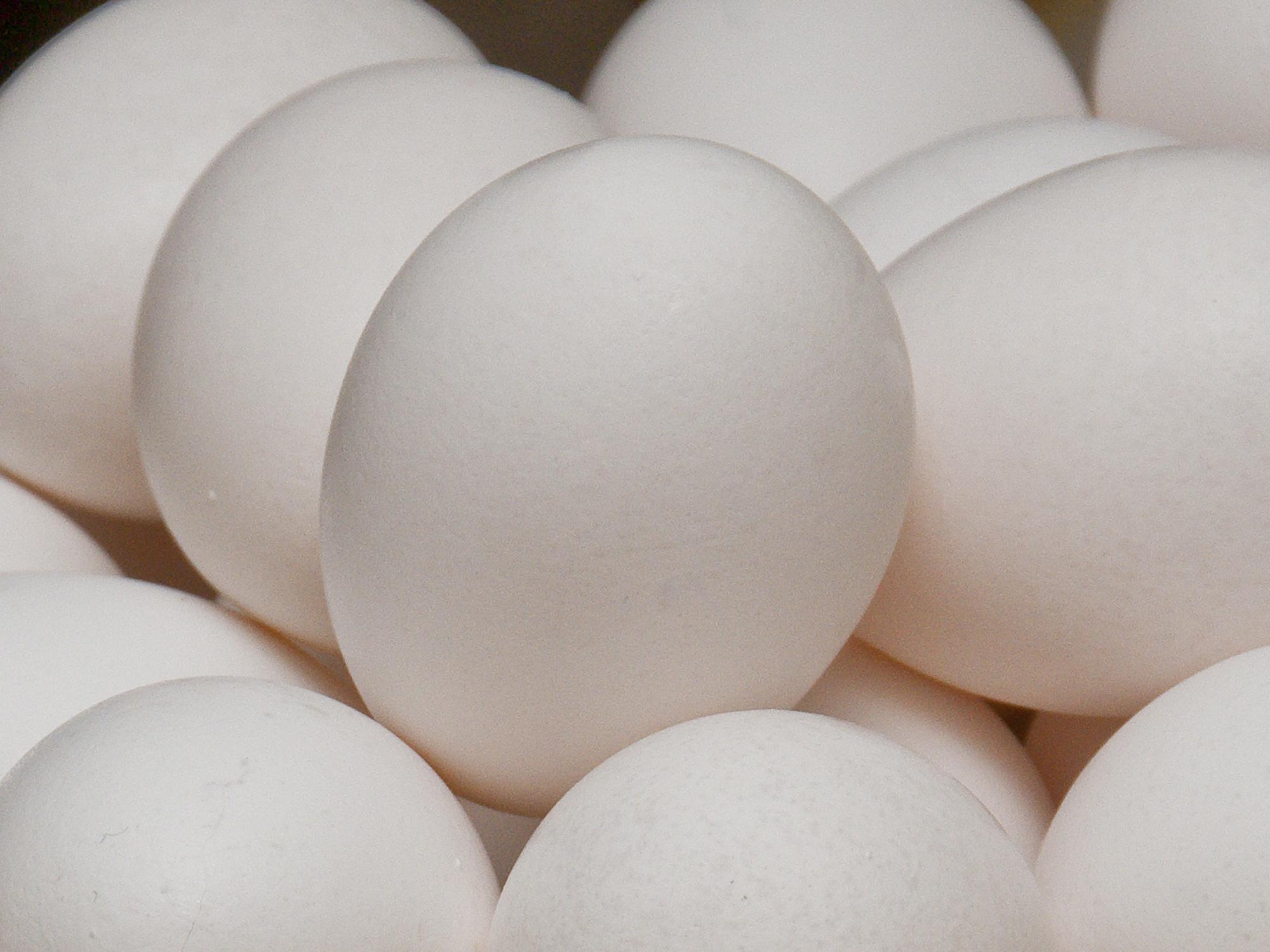Information Possibly Outdated
The information presented on this page was originally released on April 13, 2018. It may not be outdated, but please search our site for more current information. If you plan to quote or reference this information in a publication, please check with the Extension specialist or author before proceeding.
Production costs, demand give poultry a strong start
RAYMOND, Miss. -- With low feed prices and healthy demand for broilers and eggs, the Mississippi poultry industry is poised for another productive year.
“Prices for feed grains have remained in line throughout the winter period, keeping production costs down,” said Tom Tabler, Mississippi State University Extension Service poultry specialist. “This has helped keep chicken prices in the grocery store very favorable for consumers compared to beef and pork, chicken’s two biggest competitors.”
Corn and soybeans provide the bulk of grains used to feed chickens, and harvests in 2017 have kept prices reasonable. Feed costs account for 70 percent of producers’ input expenses.
Mississippi poultry integrators are looking to add production capacity to the state by building more broiler houses, Tabler said.
“Additionally, Laurel-based Sanderson Farms is constructing a new poultry complex in Tyler, Texas, while Tyson Foods is planning to construct a new complex in Humboldt, Tennessee,” he said. “All these factors indicate that the poultry industry feels pretty good about its overall health, not only now, but into the future as well.”
While broiler prices have risen slightly at the grocery store, egg prices have soared in the last year. An American Farm Bureau Federation survey conducted around Easter indicated egg prices were 37 percent higher than at the same time in 2017, Tabler said.
“Within the United States, 2017 saw a 20-year record in egg consumption at an average of 275.2 eggs per person,” he said. “The increase in foreign demand was driven mostly by a 2017 avian influenza outbreak in South Korea that led to a 663 percent increase in American egg exports to that country from 2016 and 2017.”
Josh Maples, an Extension agricultural economist, said the national average for whole broilers was $1.02 per pound for the month of March, an 8 percent increase from a year ago.
The average wholesale price for large Grade A table eggs in the 12-metro area is $2.23 per dozen. The 12-metro area includes Jackson, New York, Philadelphia, Chicago, Detroit, Houston, Los Angeles, Atlanta, northern California, and major cities in Louisiana, Ohio and Wisconsin.
“Broiler prices have been above 2017 levels for each month during the first quarter of 2018,” Maples said. “But egg prices are significantly higher than the 69 cents per dozen during March 2017. However, prices during 2017 were very low due to a surplus of eggs. Demand for eggs usually increases ahead of Easter, and a large increase in demand and relatively flat production have led to the strong rise in retail prices.”
While the outlook is optimistic at this time, several factors can impact the trajectory of the industry’s upcoming year, including weather and collapsing trade deals.
“A cold, wet spring that keeps U.S. farmers out of the fields can dramatically shift the number of acres planted in corn or soybeans,” Tabler said. “A drought in the Corn Belt this summer could drastically change feed grain prices by harvest time. Likewise, a crop failure in South America would have dramatic effects on feed grain prices in the U.S. So, weather is not only a challenge, it’s a challenge we have no control over.
“If political tensions cause problems with trade with China, and exported agricultural commodities such as chicken, feed grains, chicken paws, and other poultry products become entangled in the situation, that could prove to be a challenge to the industry,” he said.
However, producers are concentrating on the present with a sharp focus on managing risk.
“On the bright side, domestic demand for chicken and eggs is strong. Foreign demand for chicken and chicken products is also strong,” Tabler said. “So far, the disease situation has been another bright spot, with no reports of highly pathogenic avian influenza in the U.S. this past winter. We aren’t out of the woods yet, but every day we get closer to temperatures of 85 degrees on a consistent basis, and that will minimize the threat.
“Credit goes out to the poultry industry and commercial producers for implementing and following strict biosecurity practices that help protect poultry flocks,” he said.







